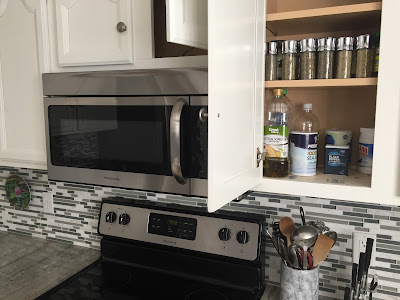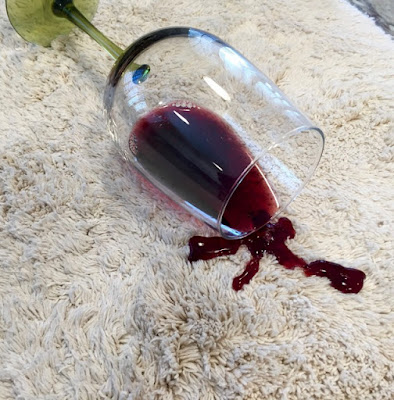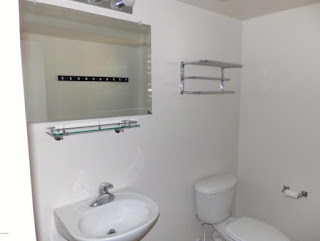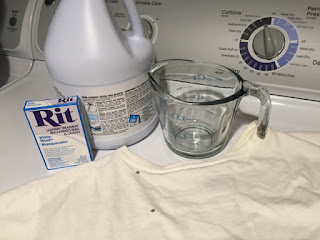Recently my beautiful wife gave me a
heat pump for our pool. After having it professionally installed, my next concern was minimizing impact on our electric bill.
After some research I opted for a 14'x28' thermal blanket, instead of other options such as
small rectangular or circular pool covers.
I knew that if not easy and quick enough to remove and put back this solution was not going practical. Removing a 14'x28' blanket from a pool without aid is hard enough, putting is back a total nightmare.
There are solutions out there such as these blanket reels
They sit on top of pool, are bulky, expensive and above all... I don't like them! Therefore embarked on creating my own solution.
I figured that attaching PVC pipes, used for irrigation, to my thermal blanket could work for rolling and unrolling it.
A 1 1/4 inch pipes, attached by using shower curtain rings or tie-wraps works to perfection. Removing cover takes about one minute, keeping blanket inside pool while rolling it, and about two minutes putting it back.
 |
Cut pipes according to your pool width.
Use couplings if more than one pipe is required. |
 |
Make sure you cap both ends to avoid water getting into
PVC pipes. |
 |
Use shower curtain loops or tie wraps to attach blanket to
pipe, one every two feet should work just fine. |
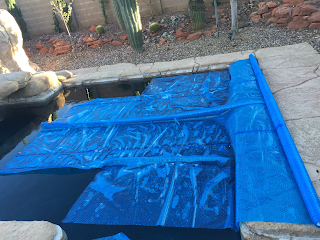 |
Reel blanket in by rolling it up from one end using very short
strokes to keep roll very tight.
Remove from water once done.
It will take a few tries until you get it right but it works
as a charm. |



